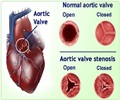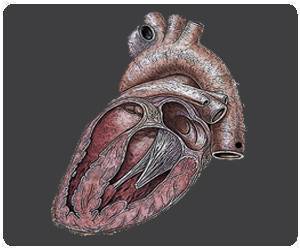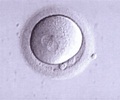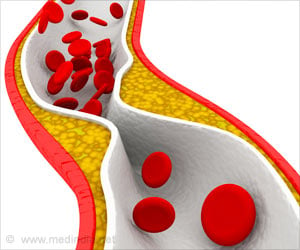Using contrast enhanced ultrasound is an effective way of monitoring patients undergoing endovascular repair for abdominal aortic aneurysms.
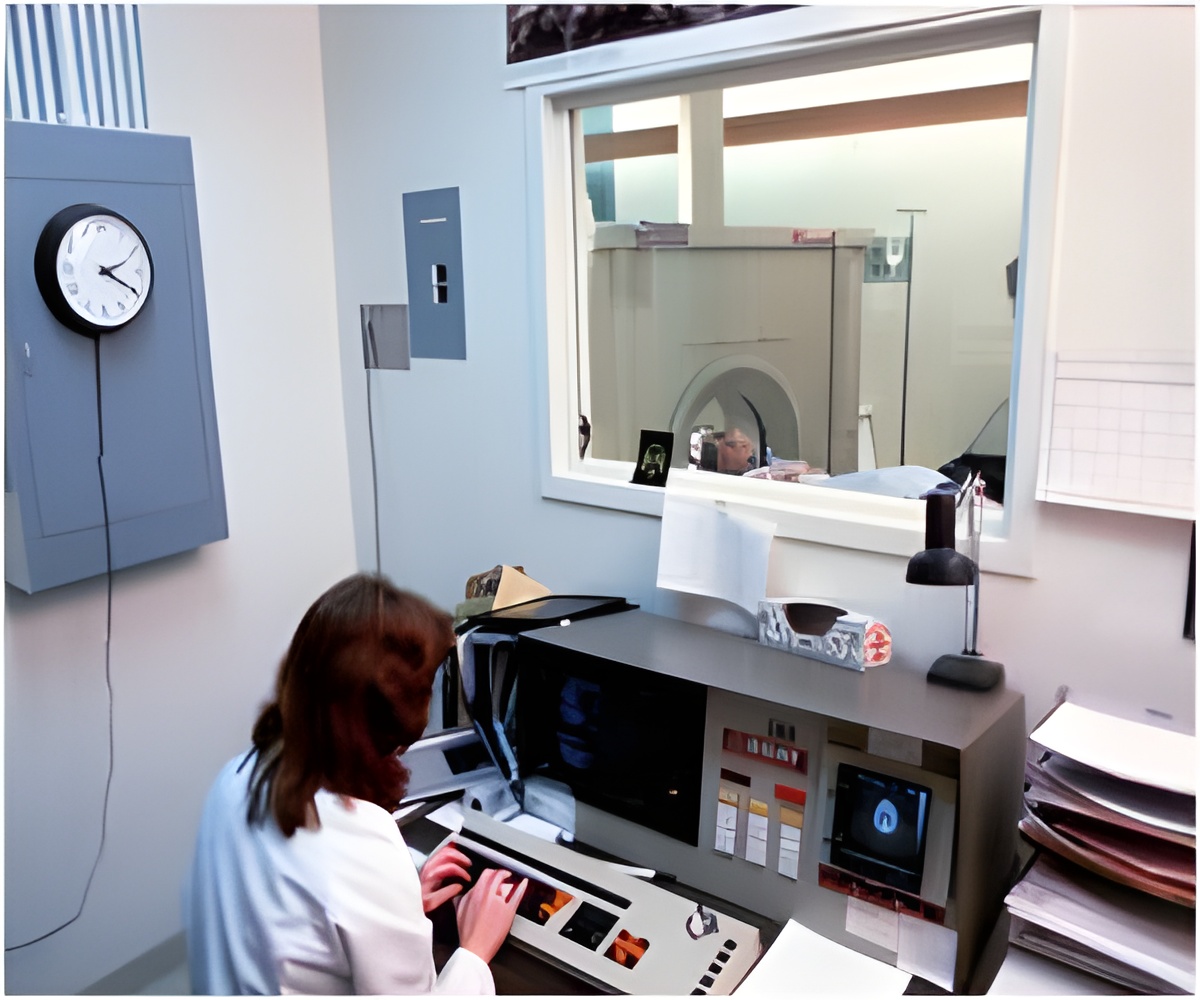
An abdominal aortic aneurysm occurs when the large blood vessel that supplies blood to the abdomen, pelvis and legs becomes abnormally large or balloons outward. Abdominal aortic aneurysms can occur in anyone, but are most commonly found in men over the age of 60 with one or more risk factors, such as smoking, high blood pressure, a positive family history, high cholesterol, peripheral vascular disease or obesity. The aneurysm places stress on the wall of the aorta that can lead to wall rupture. Mortality rates after rupture are high.
Endovascular repair of abdominal aortic aneurysms (EVAR) involves placement of a stent graft called an endograft into the vessel to bypass the area of the aorta weakened by the aneurysm and keep it from rupturing. EVAR has substantially reduced mortality around the time of surgery when compared with open repair. However, EVAR effectiveness can be compromised by a complication, known as an endoleak, which carries the subsequent risk of rupture of the aneurysm sac.
Routine surveillance of endovascular stent placement with computed tomography (CT) angiography enables detection of potential complications in patients with endografts, but it also exposes the patient to ionizing radiation and potential kidney damage from the CT contrast agent.
Dr. Gilabert and colleagues studied ultrasound with a second-generation contrast agent and contrast-specific software as an alternative to CT angiography. The newer contrast agent consists of a suspension of microbubbles similar in size to red blood cells. Because of their small size, the microbubbles do not pass through the cells lining the inner surface of the blood vessel walls and thus provide a pure intravascular contrast agent that allows a real time investigation over several minutes, with the visualization of the dynamic enhancement pattern in real time.
"The main advantage of contrast-enhanced ultrasound is that it offers the possibility of real-time exploration of EVAR-treated patients, without the exposure to ionizing radiation or the risk of damage to the kidneys," she said. 'To avoid the potential risk of kidney toxicity is particularly important, because impaired renal function is not uncommon in these patients."
Advertisement
A total of 126 CT angiography and contrast-enhanced ultrasound studies were performed. Contrast-enhanced ultrasound had a sensitivity of 97 percent, a specificity of 100 percent and an accuracy of 99 percent for endoleak detection. The technique enabled correct classification of 26 of 33 endoleaks and did not miss any clinically important endoleak.
Advertisement
Source-Eurekalert

